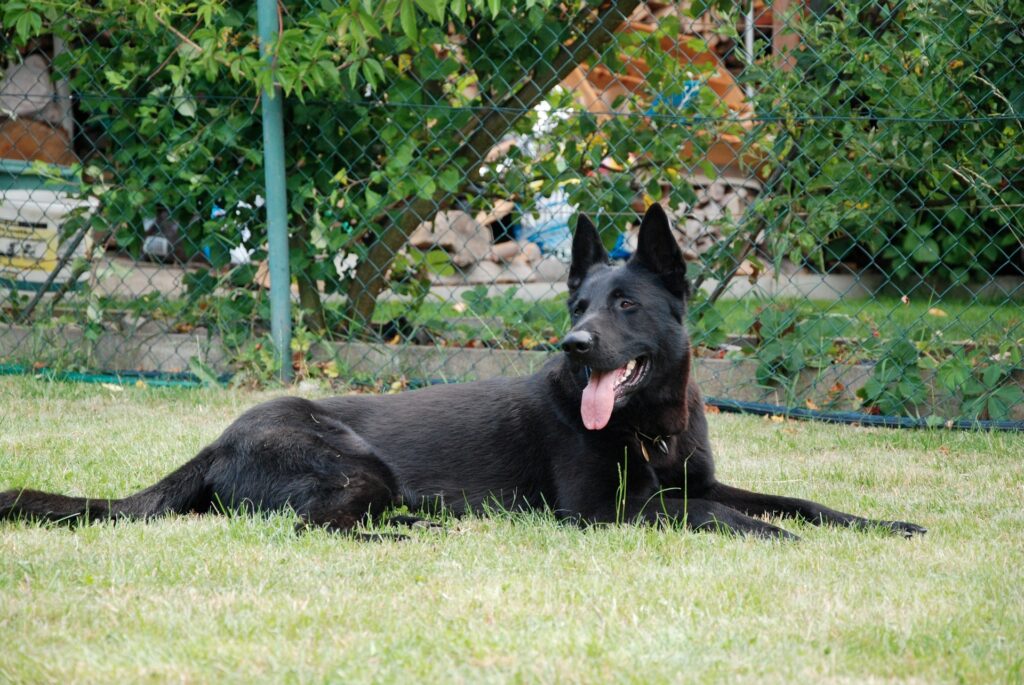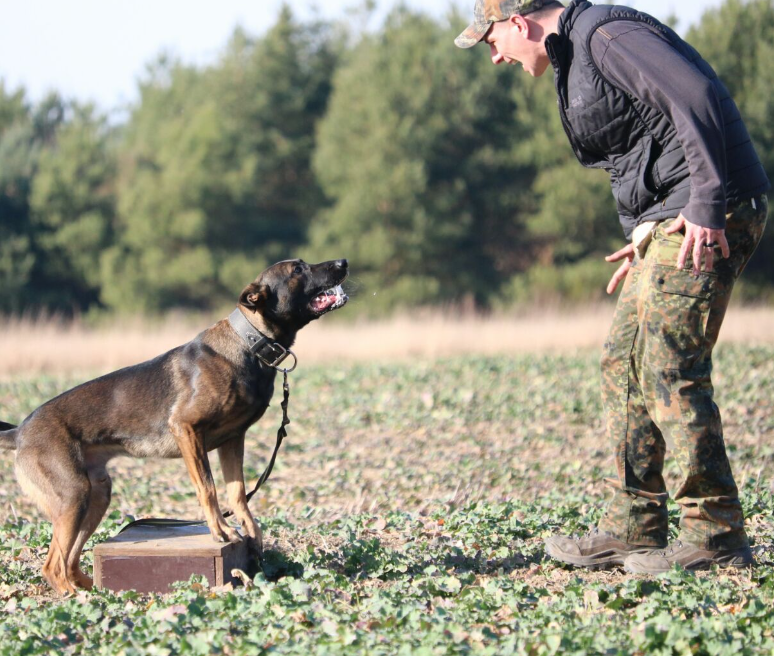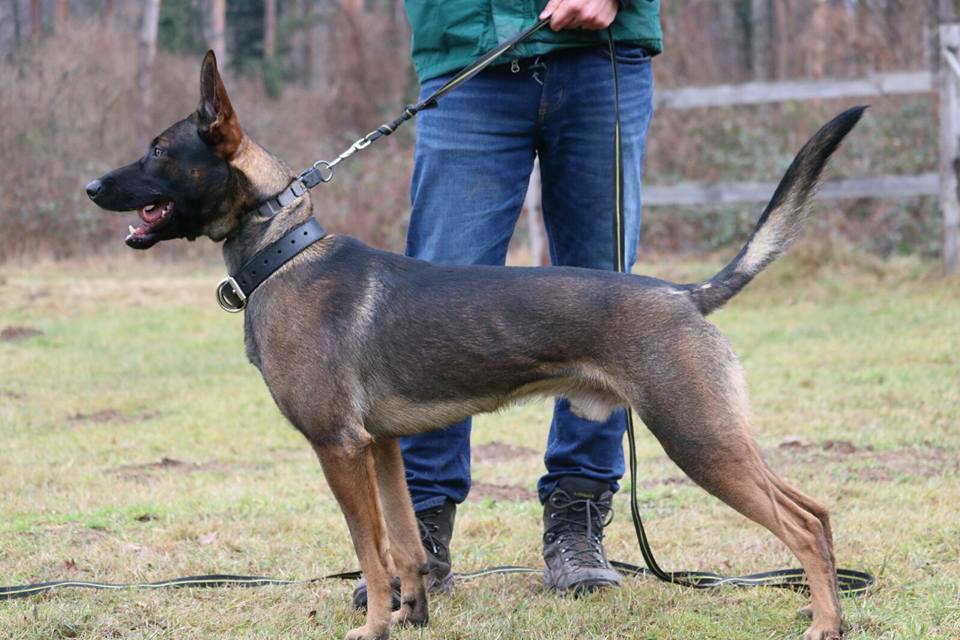
Introduction:
Having a well-trained dog is not only beneficial for the owner but also for the overall well-being of the furry friend. Training your dog to respond to essential commands not only establishes a strong bond but also ensures their safety and enhances their behavior. In this blog post, we will discuss five essential commands that every dog should know. These commands will not only make your life easier but also contribute to a harmonious and well-behaved pet.
Sit:
The “sit” command is one of the fundamental commands that every dog should learn. It is versatile and can be used in various situations. Teaching your dog to sit has numerous benefits, such as preventing them from jumping on people, maintaining control during walks, and facilitating calm behavior during mealtime or when receiving treats.
To teach your dog to sit, follow these steps:
- Hold a treat close to your dog’s nose and slowly move it up, so their head naturally follows the treat.
- As your dog’s head moves upward, their bottom will naturally lower into a sitting position.
- Once your dog is in a sitting position, say the word “sit” and give them the treat as a reward.
- Repeat this process multiple times, gradually reducing the need for a treat until your dog responds to the verbal command alone.
Remember to praise your dog enthusiastically and provide positive reinforcement each time they successfully sit. Consistency and repetition are key to ensuring that your dog understands and responds to the “sit” command reliably.
Stay:
The “stay” command is vital for your dog’s safety and control in various situations. It teaches them to remain in a designated spot until given a release command. Teaching your dog to stay is essential for situations like preventing them from running into the street, keeping them calm during guest visits, or ensuring their safety during activities such as grooming.
To teach your dog to stay, follow these steps:
- Begin with your dog in a sitting position.
- Extend your hand, palm facing out, and firmly say “stay” while taking a step back.
- If your dog remains in the sitting position, return to them, praise them, and offer a treat as a reward.
- Gradually increase the distance and duration of the “stay” command over time, rewarding your dog for their compliance.
- Practice releasing your dog with a separate command, such as “okay” or “release,” to let them know they are free to move.
Consistency, patience, and regular practice are essential for teaching your dog to stay. Start with short durations and gradually increase the difficulty to ensure that they can remain in the “stay” position reliably.
Recall:
The “recall” command, also known as “come,” is critical for your dog’s safety and control in potentially dangerous situations. It allows you to call your dog back to you, preventing them from running off, approaching hazards, or engaging in undesirable behaviors. Teaching your dog to come when called is crucial for off-leash activities and maintaining control in various environments.
To teach your dog to recall, follow these steps:
- Begin in a quiet and distraction-free area.
- Crouch down, open your arms, and use an excited tone of voice to call your dog’s name followed by the command “come.”
- Use positive reinforcement techniques, such as clapping your hands or showing them a treat, to encourage them to come to you.
- When your dog reaches you, reward them with praise, petting, or a treat.
Gradually increase the difficulty by practicing the recall command in different locations and gradually introducing distractions. Always make coming to you a positive and rewarding experience for your dog. Avoid scolding or punishing them if they take


